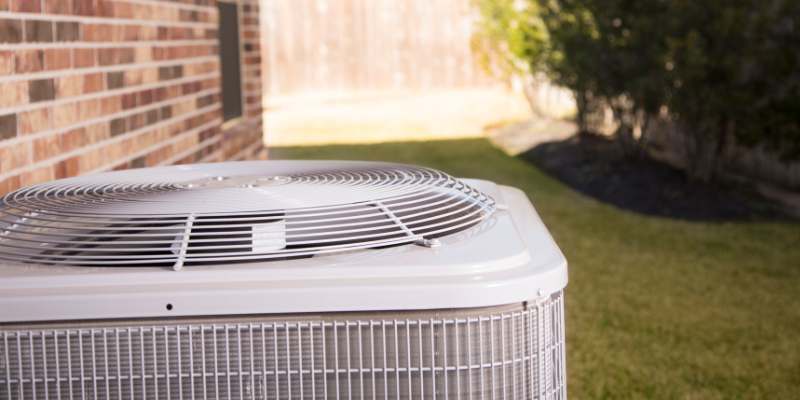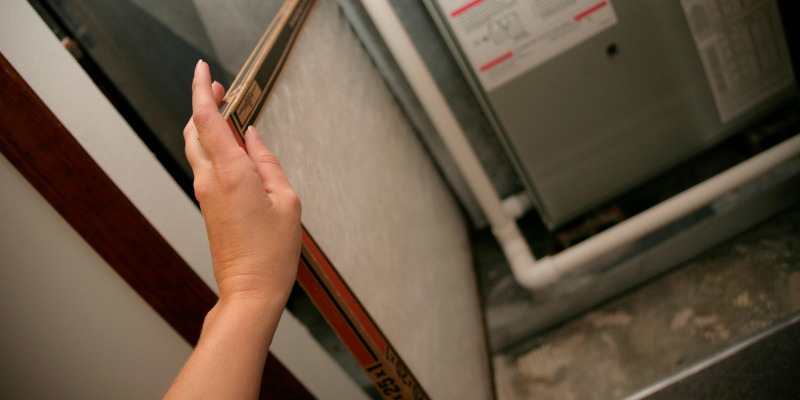Did you know a clogged up, old air filter in your HVAC system could cause massive problems for your unit over time? Imagine yourself trying to draw in a deep breath of air but having a dirty old rag stuck in your throat. Yuck, that probably isn’t going to work out too good for you. Just like you need a clear open airway to breath properly, your HVAC system needs proper air flow via a clean air filter for optimal performance. Here are 4 HVAC air filter tips you need to know to keep your HVAC system in tip top shape.
Get the right air filter for your HVAC system.
The right air filter for your HVAC system is dependent on your budget, how clean you want your indoor air quality to be, and the requirements of your particular HVAC system.
- When selecting an air filter, look at your systems requirements. Select a filter within the recommended MERV rating of your system. Getting a filter with a higher MERV rating than your system recommends can restrict air flow to your system, which you will want to avoid.
- If outdoor or pet allergies are a problem in your household, you will want to use the highest MERV rating your system and your budget will allow.


Change air filters every 90 days.
Around every 90 days you should replace your air filter to help maintain good air flow and keep particles and allergens out of the air you breathe. If you have multiple pets in the home or your air conditioning unit is working harder, like in the summer, you may want to replace your filter sooner than 90 days.
TIP: Grab a sharpie and write the date on your air filter so you know the last time it was changed. Then add a recurring reminder in your phone’s calendar every 90 days to change the air filter.
TIP: Grab a sharpie and write the date on your air filter so you know the last time it was changed. Then add a recurring reminder in your phone’s calendar every 90 days to change the air filter.


Dispose air filters in a plastic bag.
When it comes time to change your old, dirty air filter make sure you bring a plastic garbage bag large enough for the filter to fit inside. You’ll want to immediately place the air filter into the plastic bag and tie it shut to avoid any dust or debris escaping back into your home.
Never leave your system without a filter.
Your air filter not only helps improve the indoor air quality in your home, but it also protects your HVAC system from debris getting into your system’s vital equipment. For example, if your cooling coil becomes coated in dust, it will prevent heat transfer which results in your HVAC system working harder than it needs to. Over time this can lead to a shortened life of your system.
Don’t ever leave your system vulnerable. Always replace an old filter with a new one to keep your air intake vent protected for optimal performance.
If you need professional HVAC help or have indoor air quality questions, feel free to give the experts at Country Air a call at 281-356-8564. We can help recommend specific filters for your system and even replace them if you don’t want to do it yourself.
Don’t ever leave your system vulnerable. Always replace an old filter with a new one to keep your air intake vent protected for optimal performance.
If you need professional HVAC help or have indoor air quality questions, feel free to give the experts at Country Air a call at 281-356-8564. We can help recommend specific filters for your system and even replace them if you don’t want to do it yourself.




